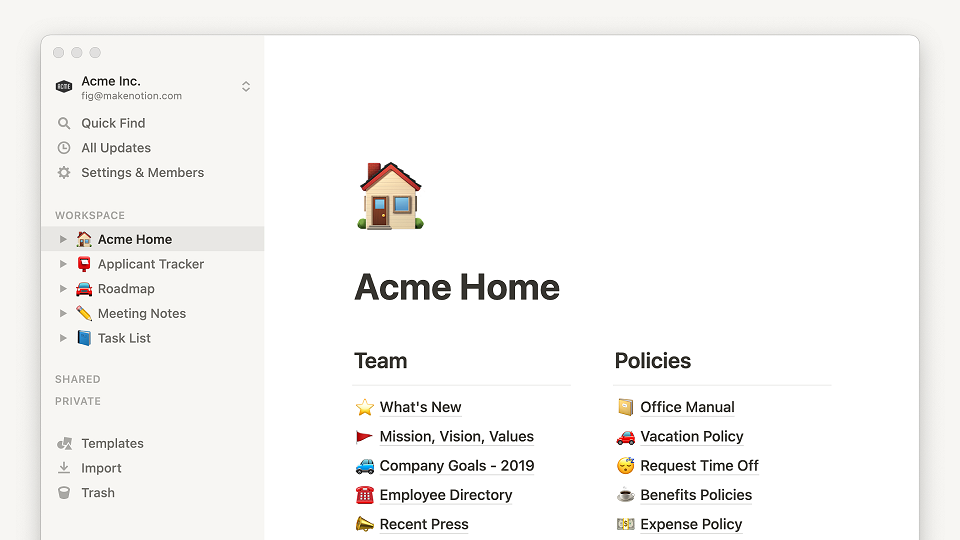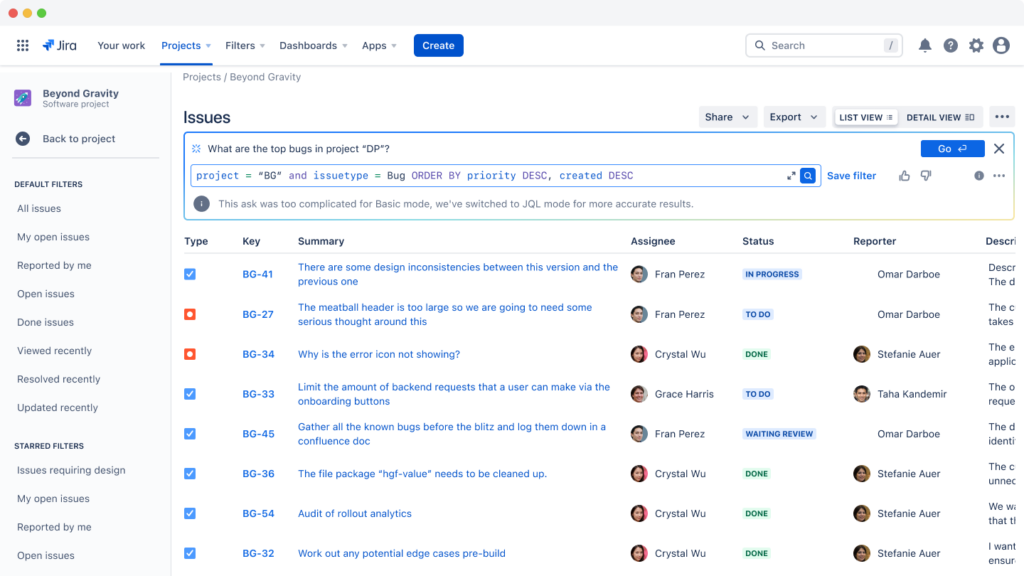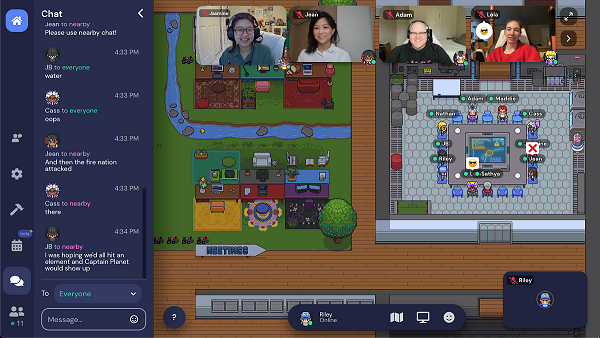The world of work has fundamentally changed.
For many of us, the office is no longer a physical place but a digital space where we connect, create, and drive our businesses forward.
As a founder who has been building and managing remote, asynchronous teams for the past five years, I’ve learned that the right set of tools isn’t just a luxury, it’s the foundation of a successful remote team.
Without the shared context of a physical office, we rely on technology to bridge the gaps in communication, collaboration, and culture.
The right tools can mean the difference between a team that is disjointed and struggling, and one that is aligned, engaged, and highly productive.
Over the years, I’ve experimented with a multitude of platforms and applications. Some were fleeting trends, while others have become indispensable to my team’s daily workflow.
This list is a curated collection of my favorite tools for remote teams that have proven their worth time and time again.
Why Invest in Tools for Remote Teams?
Investing in the right tools for remote teams is fundamental to their success. It’s how you build a productive, connected, and efficient digital workspace.
Look, as a founder, adding another monthly subscription physically pains me.
But investing in the right tools for remote teams delivers ROI that’s impossible to ignore.
Here are the key benefits that justify every dollar:
- Centralized & Transparent Communication: Create a single hub for all conversations, making them searchable, organized, and transparent. This is crucial for asynchronous teams working across different time zones.
- Increased Efficiency & Productivity: Automate routine tasks, centralize information, and simplify workflows. The right tools give your team back their most valuable resource, time.
- Enhanced Collaboration & Innovation: Give your team a shared digital space to brainstorm, create, and innovate together in real-time with virtual whiteboards and collaborative documents, no matter their location.
- Stronger Team Culture & Connection: Foster the spontaneous social interactions that build rapport and a strong sense of community, helping to combat isolation and strengthen team bonds.
- Scalable Onboarding & Knowledge Sharing: A central knowledge base, like a company wiki, ensures new hires can quickly find the information they need to onboard smoothly and become effective contributors from day one.
All-in-One Collaboration Suites
For teams looking to consolidate their workflow and reduce the number of applications they need to juggle, these all-in-one suites are powerful solutions.
Google Workspace: Best collaboration suite
This is the ultimate integrated suite for many businesses, and for good reason. It seamlessly combines everything our team needs for daily productivity: professional email through Gmail, shared calendars, video meetings with Meet, and of course, the powerful collaborative tools of Drive, Docs, Sheets, and Slides. Because everything is designed to work together, it creates a frictionless experience, allowing us to move from an email to a video call or co-edit a document in real-time without ever leaving the ecosystem. It’s a reliable and intuitive foundation for any remote team.
Lark: Best cost-effective collaboration suite
Imagine your team’s chat, calendar, video conferencing, and documents all in a single, cohesive platform. That’s Lark. Its seamless integration of essential functions helps to streamline communication and keep everyone on the same page without constant app-switching.
Notion: Best for company wikis
Notion is the ultimate flexible workspace. We use it as our central knowledge base, project planner, and documentation hub. Its ability to be customized to our specific needs is unparalleled, allowing us to create everything from a company wiki to detailed project roadmaps in one place.
Communication
Clear and efficient communication is the lifeblood of any remote team. These tools are our go-to for keeping the conversation flowing.
Slack: Best for team chat
A staple in the remote work world for a reason, Slack is our virtual office’s main hallway. It’s where real-time conversations happen, announcements are made, and team culture is built through both formal and informal channels.
Loom: Best for async video communication
For async communication, Loom is a game-changer. Instead of typing out a long email or scheduling a meeting, a quick screen recording with a voiceover can convey a message more personally and efficiently. It’s perfect for feedback, tutorials, and updates.
Zoom: Best for video conferencing
When face-to-face interaction is necessary, Zoom is our reliable choice for video conferencing. Its stability and feature set make it ideal for everything from one-on-one check-ins to all-hands meetings.
Project & Task Management
Keeping projects on track and ensuring everyone knows their responsibilities is crucial. These tools provide the structure we need to manage our work effectively.
Asana: Best for project management
Asana is excellent for managing complex projects with multiple dependencies (great for big teams). Its timeline and workload features provide a clear overview of who is doing what and when, which is essential for resource planning and meeting deadlines.
Trello: Best for Kanban boards
For a more visual approach to project management, Trello’s Kanban-style boards are fantastic. Its simplicity and drag-and-drop interface make it easy for everyone to get started and track the progress of tasks from “To Do” to “Done.”
Airtable: Best for organizing data
Think of Airtable as a spreadsheet on steroids. It combines the familiarity of a spreadsheet with the power of a database, allowing you to build highly customized and structured workflows for almost anything. We use it to create everything from financial operations documents to lightweight CRMs. Its ability to link records between different tables and view the same data as a grid, calendar, or Kanban board makes it an incredibly flexible tool for managing complex information.
ClickUp: Best for task management
ClickUp aims to be the “one app to replace them all,” and it comes impressively close. It’s a highly customizable platform that can handle everything from simple to-do lists to complex project workflows, making it a versatile option for diverse teams.
Jira: Best for agile software teams
For our software development teams, Jira is non-negotiable. Its powerful features for agile development, including sprint planning, bug tracking, and reporting, are essential for shipping quality products on time.
File Storage
Google Drive: Best for file storage
As part of the broader Google Suite, Google Drive is our central repository for all files and documents. Its real-time collaboration features on Docs, Sheets, and Slides are fundamental to our collaborative process.
Dropbox: Best for document sharing
When it comes to best-in-class file sync and storage, especially for large files, Dropbox is a powerhouse. Its “block-level” sync technology only uploads the parts of a file that have changed, making it incredibly fast and efficient for teams working with large design assets, videos, or datasets.
Virtual Office & Whiteboarding
Creating a sense of community and providing space for spontaneous collaboration can be challenging in a remote setting. These tools help to replicate the positive aspects of an in-person office.
Gather: Best for virtual offices
Gather is a unique tool that creates a virtual office space where team members can interact with each other as pixel art styled avatars. It brings back the serendipitous “water cooler” moments and makes it easy to have quick, unscheduled conversations, fostering a stronger sense of connection.
Miro: Best for whiteboarding
These online whiteboarding tools are our virtual spaces for brainstorming, mind-mapping, and collaborative design sessions. Miro’s extensive template library and intuitive interface make it easy for the whole team to contribute ideas visually.
AI Meeting Assistants
Meetings are a significant investment of time. These AI-powered tools help us get the most out of every minute.
Fireflies: Best for meeting capture
This is an incredibly powerful tool for automating meeting documentation. Fireflies joins our calls, transcribes the entire conversation, and makes it searchable. Its ability to identify action items, tasks, and other key metrics automatically is a huge time-saver. It’s perfect for creating a detailed record of what was said without anyone having to take manual notes.
Granola: Best for note taking
Granola takes a different approach that we love for its flexibility and discretion. Instead of a bot joining your call, Granola is a desktop app that transcribes your computer’s system audio directly. This means it works with any meeting platform (Google Meet, Zoom, WhatsApp, Gather or any browser based app) without needing an invitation. It excels at creating beautifully formatted, concise, and editable notes, turning a long conversation into a scannable summary that the team can quickly act on.
HR & Recruitment
Building a world-class remote team starts with hiring the right people. These tools streamline our recruitment and onboarding processes.
Veremark: Best for background checks
Trust is essential when hiring remotely. Veremark provides comprehensive and efficient background checks, helping us to make informed hiring decisions with confidence.
Greenhouse ATS & Lever: Best ATS software
These Applicant Tracking Systems (ATS) are the backbone of our recruitment efforts. Greenhouse and Lever both offer robust features for managing the entire hiring pipeline, from sourcing candidates to extending offers. They help us to stay organized, collaborate with the hiring team, and provide a positive experience for candidates.
Finding the Perfect Fit
Building the right tool stack for your remote team is an ongoing journey, not a one-time decision.
But there’s a truly exciting moment, and one of the most rewarding as a founder, when a new tool just clicks with your team.
You see the friction disappear. Workflows that were once clunky suddenly become seamless.
You notice more laughter in the chat channels and more innovative ideas on the whiteboards.
It’s in these moments you realize you haven’t just adopted a new piece of software; you’ve unlocked a new level of productivity and a deeper sense of connection for your remote team.
When it happens, it’s a powerful reminder that the right technology doesn’t just help us manage tasks – it helps us work better, together.
I hope this list gives you a strong starting point to find those game-changing tools for your remote team.









